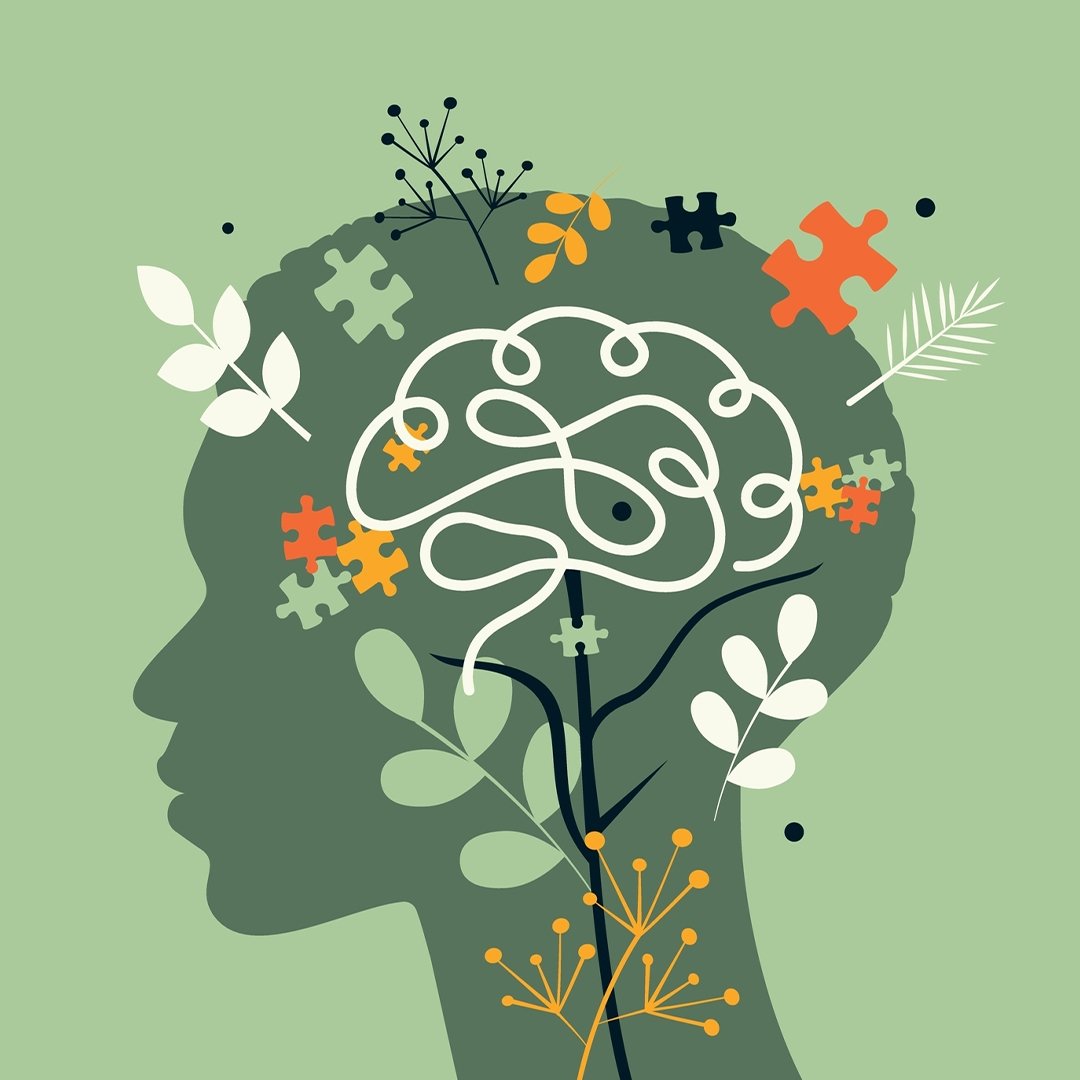The Emergence of Personalized Healthcare in Today’s Medicine
The Emergence of Personalized Healthcare in Today’s Medicine
3 min read
Lisa Mathis : Oct 28, 2025 8:52:27 AM

Holidays and Mental Health: Helpful hints for the Advanced Practice Providers
Lisa Mathis FNP-BC
As the beautiful colors of fall fill the trees and store shelves overflow with holiday décor, the excitement and joy of the season begin to warm hearts—young and old alike. The hustle and bustle of traffic, crowded stores, festive gatherings, and comfort food can make the colder months feel more cheerful. But as providers, we also recognize that this time of year can bring feelings of sadness, stress, and depression for many.
Although the holiday blues are a real phenomenon, the consequences associated with the holiday blues may surprise you. Evidence indicates that suicide rates in the United States do not actually spike around the holiday season but in fact suicide rates are highest between April and August. The months of November, December, and January actually have the lowest daily suicide rates. While there are no systematic reviews about the increase of mental health problems around the holidays, there are findings from surveys that suggest people feel more stress, anxiety and depression in the period between Thanksgiving and New Year’s Day. In other words, mental health disorders themselves do not increase around the holidays but signs and symptoms associated with mental health temporarily worsen around this time of year. This is particularly important because these temporary signs and symptoms can develop into mental health disorders later in the year if individuals do not take care of themselves around the holiday season. There is a difference between the holiday blues, which typically passes when the holiday season ends, and more severe depression, which lasts longer and interferes with activities of daily living.(1)
According to a survey, the National Alliance on Mental Illness (NAMI) reported that approximately 24% of people with a diagnosed mental illness find that the holidays make their condition “a lot” worse and 40% “somewhat” worse. The pressure of trying to do everything, planning the perfect holiday, traveling to visit family and make others happy makes the stress almost unbearable. (1)
It's important to remember that during this season, we face more than just the usual colds and flus. Winter also marks the time when child psychiatric hospitalizations are at their highest. Feelings of dissatisfaction and loneliness are among the most common symptoms of the “holiday blues.” While not classified as a mental illness, the holiday blues can still be serious—short-term emotional struggles may develop into clinical anxiety or depression if left unaddressed.
Individuals already living with mental health conditions are especially vulnerable during this time. Poor eating habits and excessive alcohol consumption, which are more common during the holidays, can further exacerbate stress, anxiety, and depression.
Seasonal Affective Disorder (differs from the holiday blues) piques in the winter and resolves in the late springtime and is characterized by depression that worsens with seasons. (2)
As APPs, we pride ourselves on going the extra mile—taking the time to truly listen to our patients and offering a more attentive level of care. However, during the busy winter months, when our schedules become packed with last-minute sick visits, it's easy to fall into the pattern of rushing patients in and out.
Now more than ever, we must slow down and ask deeper questions:
These could all be warning signs of something more serious going on beneath the surface.
Just because the office smells like pumpkin spice and the lobby is decorated for the holidays doesn’t mean our patients share the same sense of joy. We need to stay especially mindful of elderly patients who may be isolated or individuals struggling silently. Take a moment to ask if they have enough food, especially if bad weather is on the way. A simple call to a local food bank or a referral to a church outreach program could make a bigger impact than a prescription ever could.
In healthcare, it's easy to get caught up in symptoms and medications—but we must not lose sight of the whole person. Sometimes, small gestures and community resources are just as important as clinical care.
Decorating your office for the holidays is a great way to make the space feel warm and inviting. But while you're spreading cheer, consider also including practical resources—like gift cards to local grocery stores or brochures for nearby food banks. These small gestures can make a meaningful difference for patients who may be struggling.
At the same time, it’s important to recognize that for some, the holiday season brings heightened feelings of depression and anxiety. If it becomes overwhelming, it may be necessary to have a deeper conversation about more proactive or intensive support options. Some people with SAD benefit from antidepressant treatment, especially if symptoms are severe. An extended-release version of the antidepressant bupropion (Wellbutrin XL, Aplenzin) may help prevent depressive episodes in people with a history of SAD. Other antidepressants also may commonly be used to treat SAD.(3)
Using these simple strategies can make all of your patient’s holiday seasons better so light those scented candles, hang the décor and enjoy the holidays!
“Blessed is the season which engages the whole world in a conspiracy of love." – Hamilton Wright Mabie
1-Raising Mental Health Awareness in the Holiday Season :https://discoverymood.com/blog/raising-mental-health-awareness-holiday-season/
2-Seasonal Affective Disorder https://www.mayoclinic.org/diseases-conditions/seasonal-affective-disorder/symptoms-causes/syc-20364651
3-SAD https://www.mayoclinic.org/diseases-conditions/seasonal-affective-disorder/diagnosis-treatment/drc-20364722
The Emergence of Personalized Healthcare in Today’s Medicine
Steps towards making a difference. For a long time, the recommendation in the health and fitness fields was for individuals to take 10,000 steps per...
Defining the Acute Care Role for the Advanced Practice Provider Lisa Mathis MSN-FNP-BC